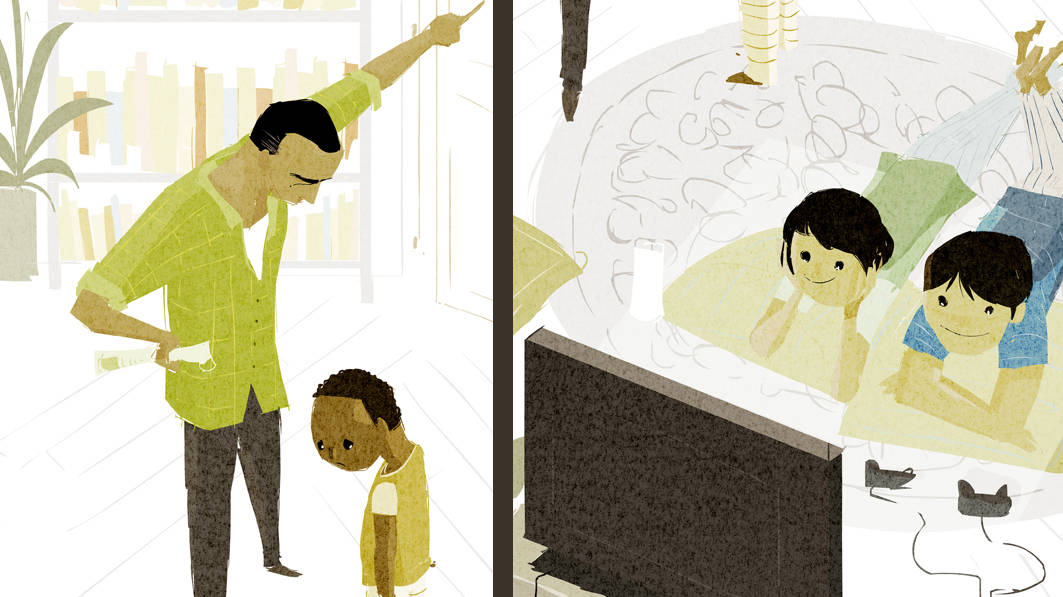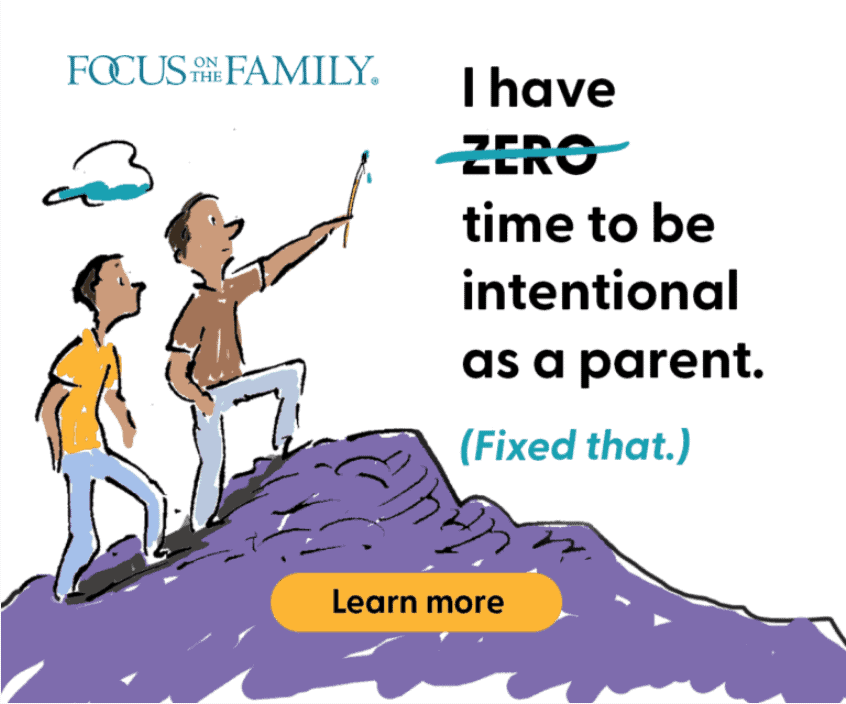The color rising up my neck and face was a sure signal we were in for another battle. My stepdaughters were arguing that Daddy always let them finish their videos — even if it was way past their bedtime.
Early on in our life as a blended family with six children, my husband and I had no shortage of hurt feelings, misunderstandings and arguments over our different parenting ideas. For example, I felt resentful when Harvey held my three children to our house rules but relaxed or ignored those rules for his daughters. I wanted to defend my children when they complained, “The girls just whine to Daddy and get their way!”
I tried to bite my tongue but found myself constantly drawing comparisons. My complaints led to arguments, which made Harvey defensive of his girls. We wanted to present a unified front to our children, but how could we when we were anything but unified?
Couples entering remarriage with children have their own methods of parenting, some lenient, some strict. Minor infractions overlooked by one parent can be seen by the other parent as major offenses that require discipline. Finding common ground on discipline issues is key to blending a family. Unity between husband and wife is crucial — not only to keep children from driving a wedge between parents, but also to build and nurture a healthy marriage.
Creating real communication
Harvey and I sat down to have a heart-to-heart conversation. Somehow, we needed to come to an agreement on how to parent all our children fairly.
Though Harvey and I disagreed on our basic parenting styles, we knew we could talk freely and openly because we love and respect each other. We wanted what was best for our family and could not allow bitterness to undermine our marriage.
Harvey took my hand, and we prayed together that Jesus would guide us through our negotiations. It was a small thing maybe, but just the act of my husband taking my hand eased tensions. His gesture showed that he valued me enough to listen and he trusted me enough to be vulnerable.
Defining our concerns
Our next step was to identify the situations that most frequently caused hurt feelings and arguments. Most conflicts occurred around specific daily routines such as bedtime, mealtime and chores, so we focused on those.
I didn’t like playing the role of the wicked stepmother, especially when I was trying to build a relationship with my stepdaughters. I also felt a need to defend my own children because of the double standard and the division it was causing between our children.
After listening to my concerns, Harvey gave me a glimpse into his fears. He wanted rules and boundaries, too, but he was worried about losing his daughters. His recent custody battle was still fresh in his mind. Harvey, like many dads in blended families, feared he was only a judge’s ruling away from losing his children, and this drove his tendency to be lenient.
Making a plan
As a result of this discussion, our eyes were opened to each other’s perspectives. Feeling closer to each other, Harvey and I resolved to find a middle ground.
We agreed bedtimes could be later during the summer and on Fridays but should be earlier during the school year and on Saturday nights. On nights with earlier bedtimes, we’d choose shorter videos that could be finished by bedtime. I agreed to be flexible (up to 15 minutes) if the video ran long. And Harvey agreed to enforce the rule with the girls so I wouldn’t have to be the bad guy. Finally, bedtimes were peaceful.
In blended families, conflicts often run deeper than the surface issues. Without realizing it, parenting may be influenced by past wounds, fears and concerns. Establishing trust through open communication is vital to building a strong marriage and a healthy blended family. By thoughtfully planning and agreeing on how to implement rules before conflicts arise, parents can create a stable and peaceful environment for everyone to blend.
Terri Clark is president and founder of Terri Clark Ministries, which provides practical help for stepfamilies.
Marriage can have its twists and turns, but the detours don’t have to lead you off course. The 12 essential elements outlined in the Crazy Little Thing Called Marriage are biblically based and chart the course for a romantic adventure that will last a lifetime.



















